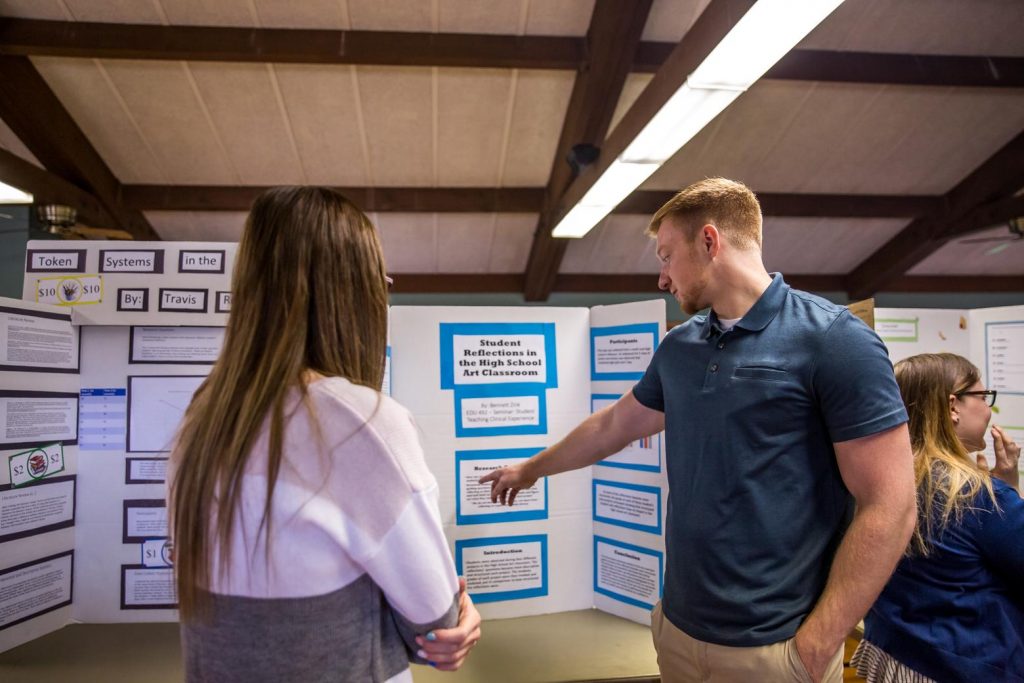Involving students with curriculum development
The idea of involving students with curriculum development is not new. Much has been written about the power of incorporating students’ interests into classroom instruction as a way to drive student motivation and deepen engagement.
In some countries, the interest in validating student voices and incorporating student views into education has resulted in a wide range of education initiatives. However, the importance of revisiting this idea today is because of how our curriculum approach has changed over the years — departing from uniform textbooks to a more customizable curriculum content.
Starr Sackstein, educator and author, wrote for Education Week, “Since…how we present and what we present to students is derived from a variety of different places that don’t always tell the whole story, it is imperative that we start including students in these powerful curricular decisions.” Understanding the big picture that sums up the meaning of all assignments, projects, and activities helps students gain an important context for their learning.
However, involving secondary education students with curriculum development is easier said than done. Educators must know how to effectively manage this process in order for it to yield successful outcomes.
Jennifer Davis Bowman, educator and writer, recently offered these tips:
- Engage students in a conversation about the differences between standards — as it relates to learning goals — and curriculum — and to steps that help students achieve set goals.
- Establish parameters for how you expect students to contribute. For example, students should understand that some things, like learning goals, are not up for debate.
- Have a transparent discussion on possible concerns parents, counselors and principals may have related to student input with curriculum development.
- Ensure that students understand how they will influence the curriculum — how their input can impact the selection of assignments that best align with set goals.
- Help students understand various considerations tied to their decisions — for example, how including a particular project may subtract from other assignments.
- Invite your students to explore ways on how existing curriculum can be improved.
- Be mindful that not all students may want or have confidence to participate in this process.
William Woods University offers Online Education Specialist in Curriculum Leadership, a degree designed for teachers, instructional coaches, curriculum directors and principals with an interest in staying current in instructional and currircular issues in PreK-12 schools.


